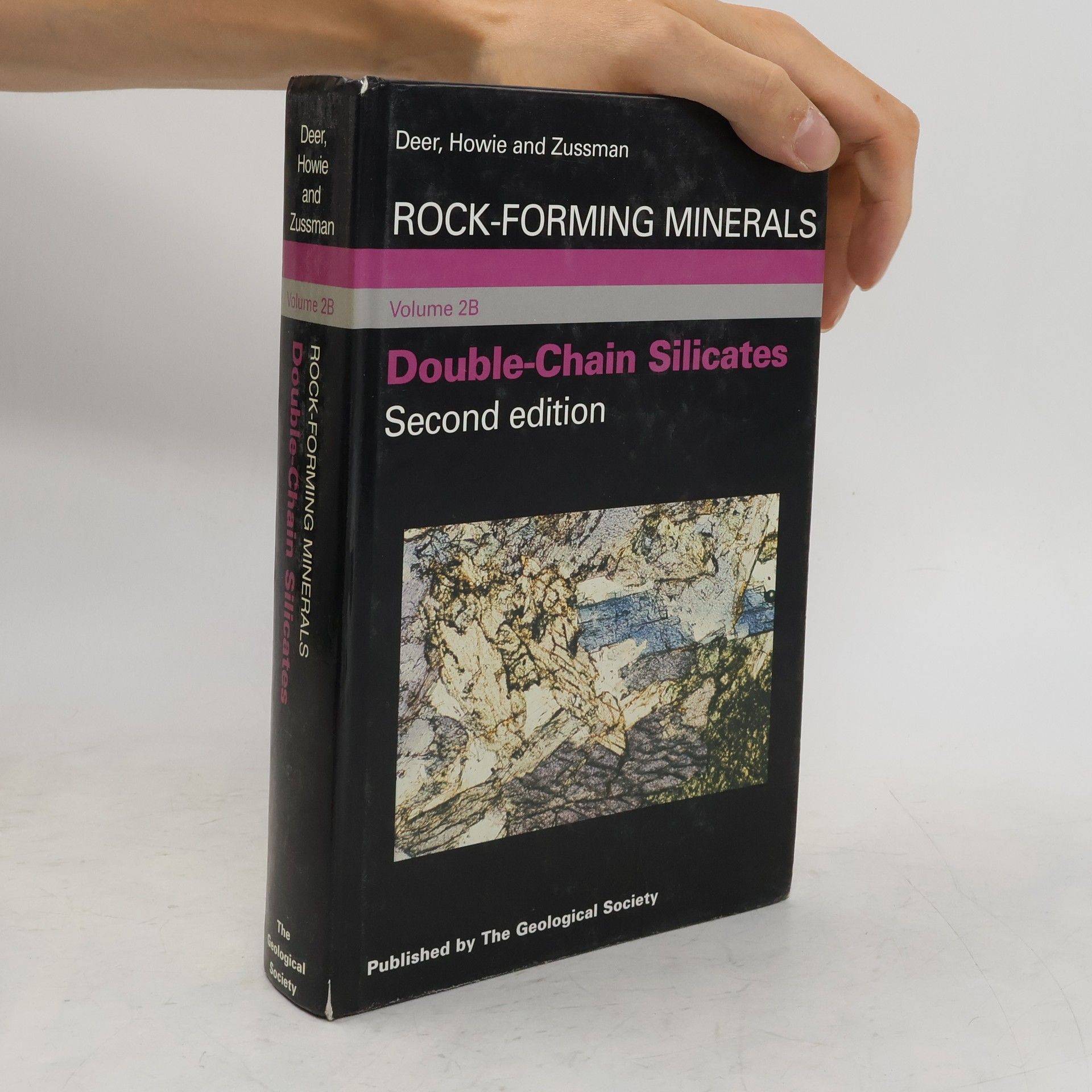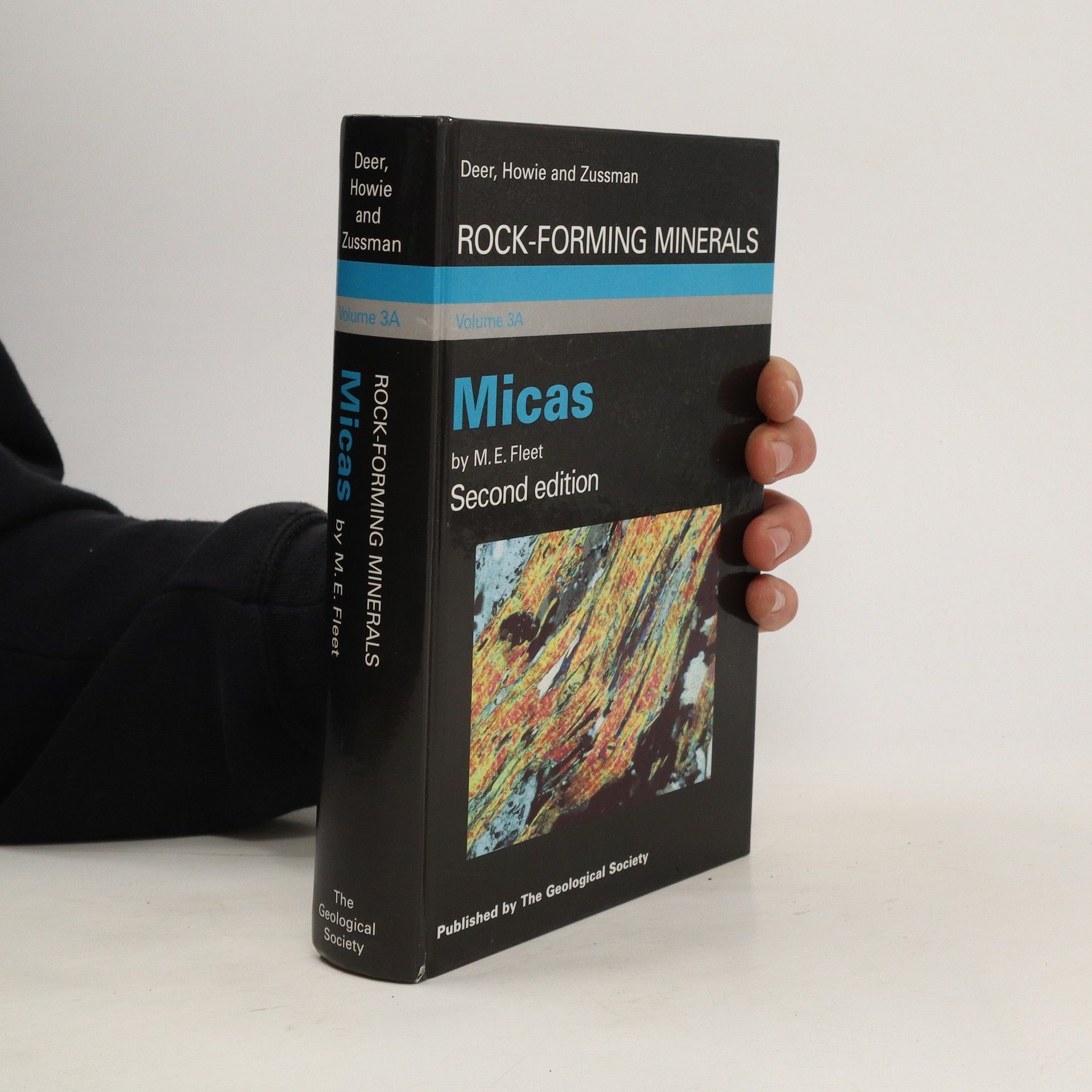(Each chapter is headed by a brief tabulation of mineral data and ends with full references. Crystal structures are described and illustrated, followed by discussion of structural information gained from spectroscopic as well as X-ray and electron-optic methods. Chemical sections include many analyses and structural formulae, phase relations, igneous, metamorphic and sedimentary geochemistry, alteration and weathering. Examples are given of a range of mineral parageneses. Correlation between the various aspects of mineralogy are emphasized in order to provide a scientific understanding of minerals as well as their description and identification)
William Alexander Deer Livres






Looking mainly at the amphiboles, this volume has added sections on deerite, howieite and multiple-chain silicates (biopyriboles). This edition includes results of recent research into amphiboles. Each chapter is headed by a brief tabulation of mineral data and a sketch showing optical orientation. Diagrams of the crystal structures are presented and followed by discussion of the structural features, making use of data from spectroscopic and diffraction experiments. The chemical sections include over 550 analyses from which structural formulae have been calculated, illustrating the range of chemical and paragenetic variation exhibited by each mineral. There are results of P-T experiments, thermochemical and computer modelling techniques. The principal modes of occurrence are described in the paragenesis sections emphasizing correlations with chemistry.
This extensive revision deals with the minerals talc, pyrophyllite, chlorite, serpentine, stilpnomelane, zussmanite, prehnite and apophyllite. The text has been completely rewritten and very much expanded to take account of the many advances that have been made in all aspects of the Earth sciences, not least mineralogy. Each chapter is headed by a brief tabulation of mineral data and ends with full references. Crystal structures are described and illustrated, followed by discussion of structural information gained from spectroscopic as well as X-ray and electron-optic methods. Chemical sections include many analyses and structural formulae, phase relations, igneous, metamorphic and sedimentary geochemistry, alteration and weathering. Examples are given of a range of mineral parageneses. Correlation between the various aspects of mineralogy are emphasized in order to provide a scientific understanding of minerals as well as their description and identification. So great has been the expansion of research on layered silicates that a separate volume (3A, 2003) was devoted entirely to micas and another (3C), entirely for clay minerals will also be published. Rock-Forming Minerals is an essential reference work for professionals, researchers and postgraduate students in Earth science and related fields in chemistry, physics, engineering, environmental and soil sciences.
